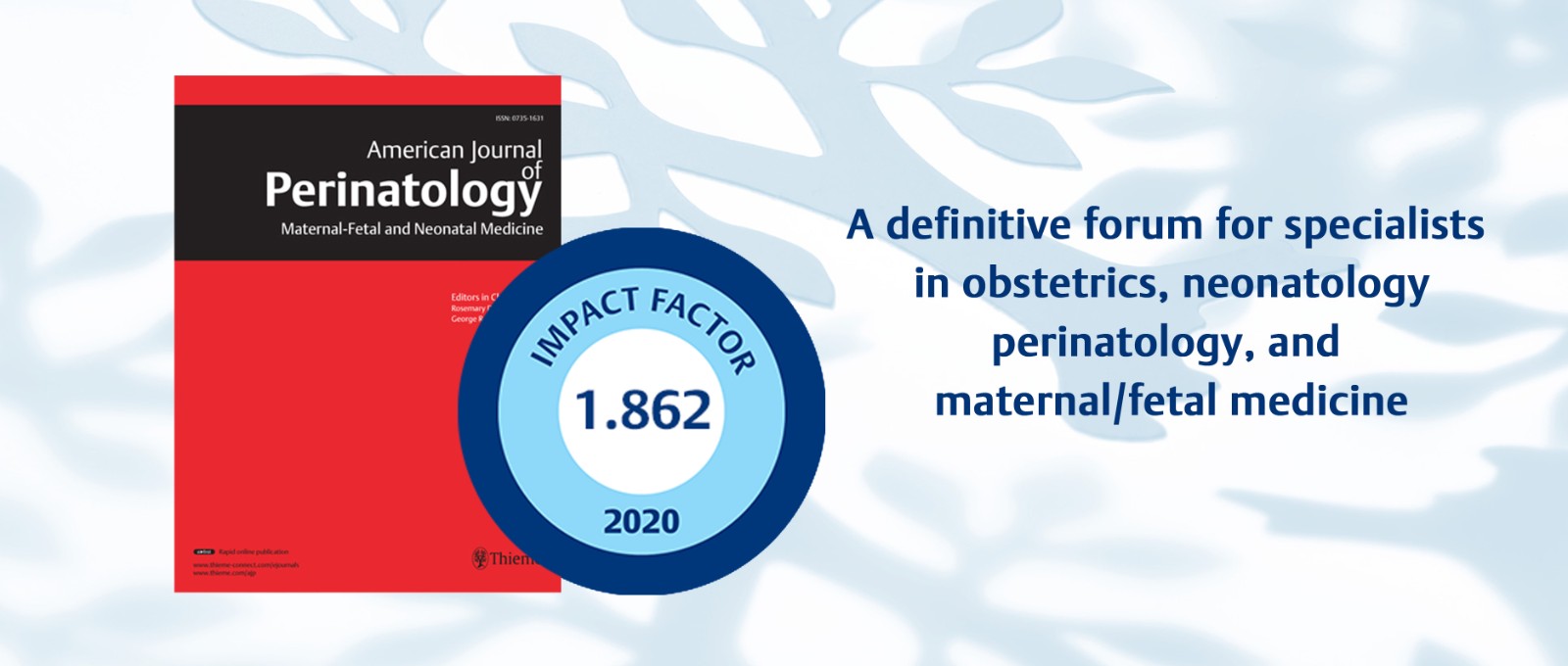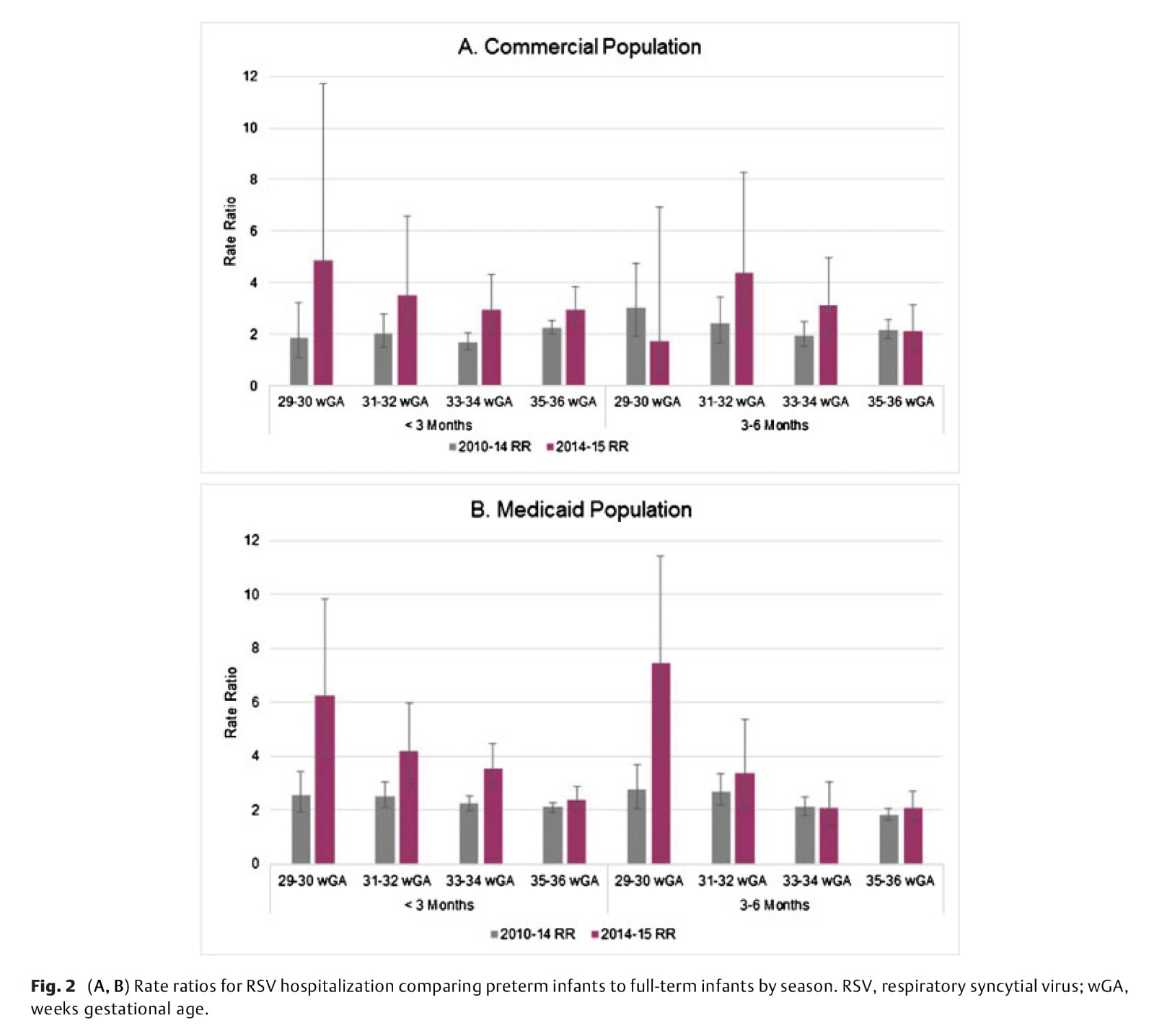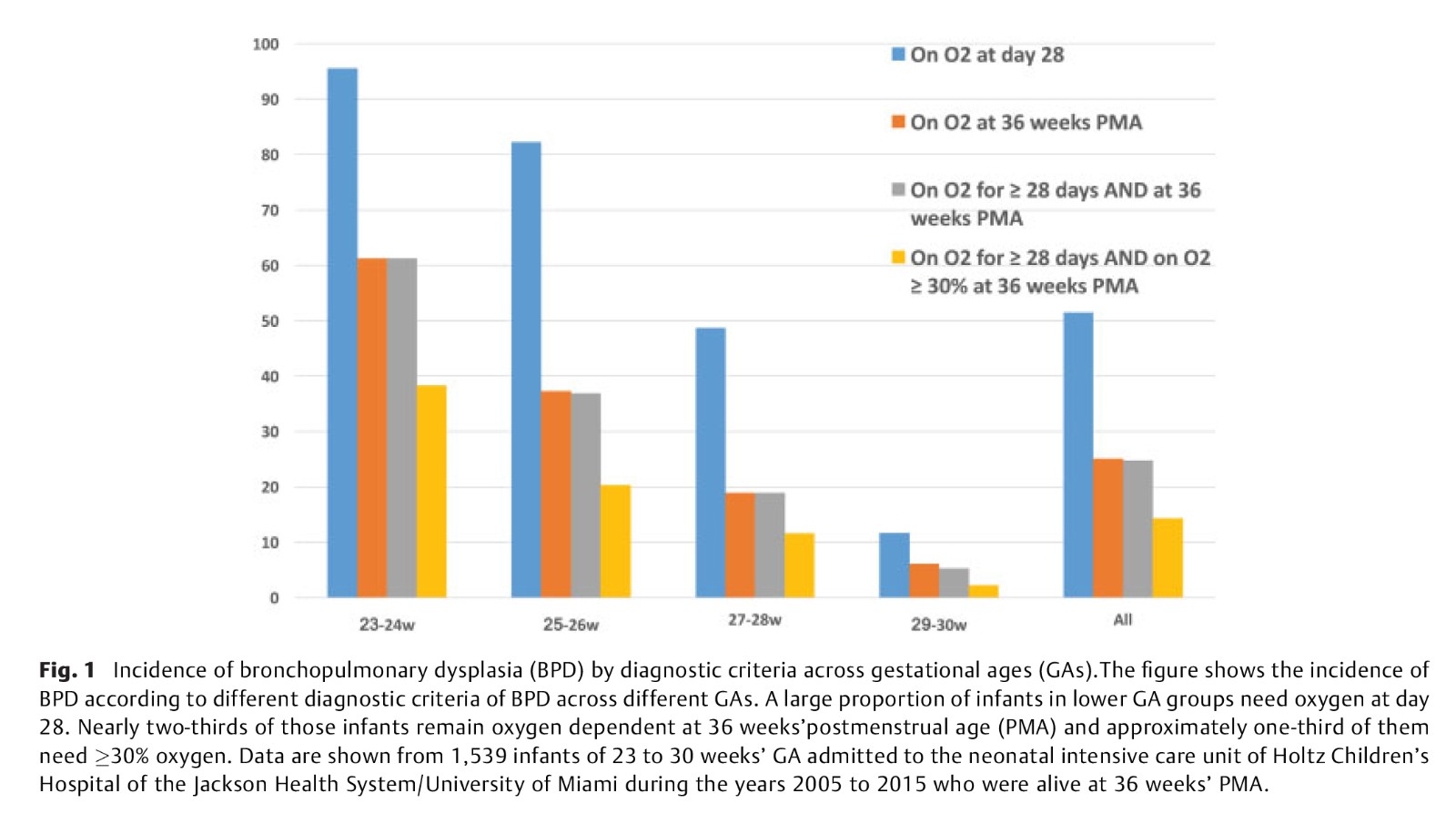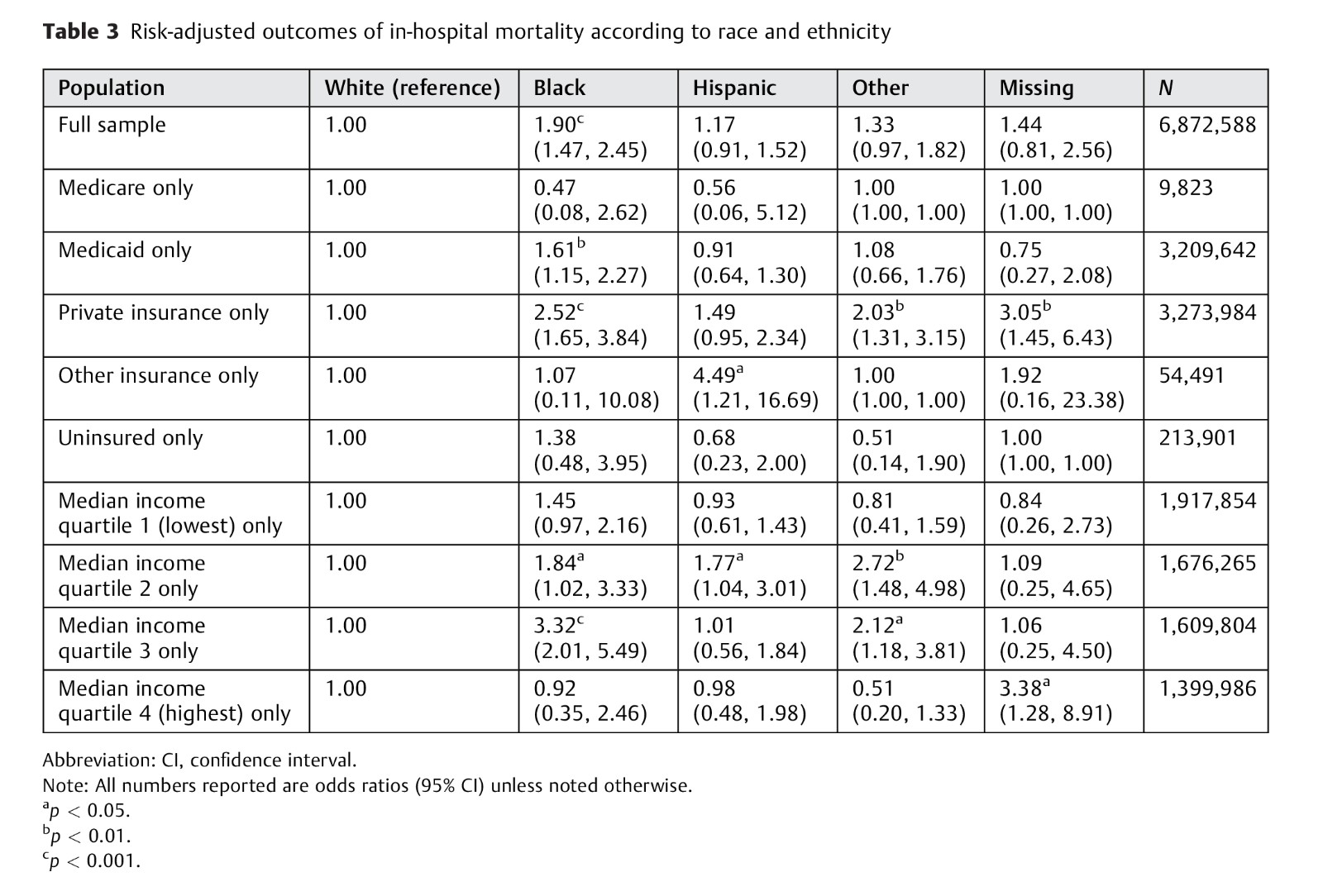

Thieme生殖医学期刊American Journal of Perinatology的影响因子2020提高到了1.862。非常感谢所有作者、审稿人和编辑的支持和最宝贵的贡献。
以下三篇是被引用次数最多的论文,它们对影响因子的提高有着重要贡献,欢迎免费阅读。
Kong et al.

Background: This article aims to compare respiratory syncytial virus (RSV) immunoprophylaxis (IP) use and RSV hospitalization rates (RSVH) in preterm and full-term infants without chronic lung disease of prematurity or congenital heart disease before and after the recommendation against RSV IP use in preterm infants born at 29 to 34 weeks' gestational age (wGA).
Study Design: Infants in commercial and Medicaid claims databases were followed from birth through first year to assess RSV IP and RSVH, as a function of infant's age and wGA. RSV IP was based on pharmacy or outpatient medical claims for palivizumab. RSVH was based on inpatient medical claims with a diagnosis of RSV.
Results: Commercial and Medicaid infants 29 to 34 wGA represented 2.9 to 3.5% of all births. RSV IP use in infants 29 to 34 wGA decreased 62 to 95% (p < 0.01) in the 2014–2015 season relative to the 2013–2014 season. Compared with the 2013–2014 season, RSVH increased by 2.7-fold (p = 0.02) and 1.4-fold (p = 0.03) for infants aged <3 months and 29 to 34 wGA in the 2014–2015 season with commercial and Medicaid insurance, respectively. In the 2014–2015 season, RSVH for infants 29 to 34 wGA were two to seven times higher than full-term infants without high-risk conditions.
Conclusion: Following the 2014 RSV IP guidance change, RSV IP use declined and RSVH increased among infants born at 29 to 34 wGA and aged <3 months.
Bancalari, Jain

The advances in obstetric and neonatal care over the last half century have resulted in changes in pathophysiology and clinical presentation of bronchopulmonary dysplasia (BPD). In contrast to the original description of BPD by Northway et al as a severe lung injury in relatively mature preterm infants, the most common form of BPD currently is characterized by chronic respiratory insufficiency in extremely preterm infants. This evolution in the presentation of BPD, along with changes in respiratory support strategies such as increased use of nasal cannula oxygen, has presented a unique challenge to find a definition that describes the severity of lung damage and predict the long-term respiratory outcomes with some accuracy.
The limitations of current definitions of BPD include inconsistent correlation with long-term respiratory outcomes, inability to classify infants dying from severe respiratory failure prior to 36 weeks' postmenstrual age, and potential inappropriate categorization of infants on nasal cannula oxygen or with extrapulmonary causes of respiratory failure. In the long term, the aim for a new definition of BPD is to develop a classification based on the pathophysiology and objective lung function evaluation providing a more accurate assessment for individual patients. Until then, a consensus definition that encompasses current clinical practices, provides reasonable prediction of later respiratory outcomes, and is relatively simple to use should be achieved.
Tangel et al.

Objective: Racial and ethnic disparities in obstetric care and delivery outcomes have shown that black women experience high rates of pregnancy-related mortality and morbidity, along with high rates of cesarean delivery, compared with other racial and ethnic groups. We aimed to quantify these disparities and test the effects of race/ethnicity in stratified statistical models by insurance payer and socioeconomic status, adjusting for comorbidities specific to an obstetric population.
Study Design: We analyzed maternal outcomes in a sample of 6,872,588 delivery records from California, Florida, Kentucky, Maryland, and New York from 2007 to 2014 from the State Inpatient Databases, Healthcare Cost and Utilization Project. We compared present-on-admission characteristics of parturients by race/ethnicity, and estimated logistic regression and generalized linear models to assess outcomes of in-hospital mortality, cesarean delivery, and length of stay.
Results: Compared with white women, black women were more likely to die in-hospital (odds ratio [OR]: 1.90, 95% confidence interval [CI]: 1.47–2.45) and have a longer average length of stay (incidence rate ratio: 1.10, 95% CI: 1.09–1.10). Black women also were more likely to have a cesarean delivery (OR: 1.12, 95% CI 1.12–1.13) than white women. These results largely held in stratified analyses.
Conclusion: In most insurance payers and socioeconomic strata, race/ethnicity alone is a factor that predicts parturient outcomes.
阅读本刊更多论文,请点击这里。
